Dave Clews breaks down Omar-S’s retro-inspired house jam.
If you’re looking for a generous slice of authentically retro-sounding 80s-style house, Detroit producer and FXHE label magnate Alex Omar-Smith is your man. The vocal mix of last year’s ‘I Wanna Know’, from the EP of the same name, is the perfect example. Let’s investigate and see what makes this floor-filler tick.
Structure
The structure of ‘I Wanna Know’ is based on eight-bar sections strung together, a traditional house-inspired approach. However, the sections are all relatively unique, resulting in a free-flowing structure that, from a melodic point of view at least, is unusually non-repetitive. An extended, 24-bar, DJ-friendly intro gradually introduces elements such as kick drum, percussion and synth before the vocal hook and bassline join in. From this point, there’s a varied arrangement of sections strung together with different combinations of drums, percussion, bass and synth parts. Combine this with the variety of vocal parts on offer, and it makes it difficult to distinguish exactly which part is verse, chorus, tag, bridge or middle right in the conventional sense, meaning that there’s a lot here to keep the listener interested.
Sound Palette
It almost goes without saying that the sound palette of the track is one of the key stylistic cues, evoking memories of classic Chicago house and synth pop. Vintage drum machine percussion, bright and thin synth brass, rubbery synth bass and retro vocal effects are all in full effect here.
The notes on the record give some clues as to the sound sources: “Recorded with.. Alesis HR-16, TSA-Tape Memo Recorder, & Casio Rapmaster!” The HR-16 and Casio Rapman (also sold as the Realistic Rap-Master
) are self-explanatory, even if the TSA-Tape Memo Recorder is a little more obscure.
Drum Track
The track runs at a solid 122 bpm. A four-to-the-floor kick drum part with alternating open hi-hats forms the framework to the rhythm track, with an embellishment of drum machine percussion including claps and tambourine.
The backbone of the rhythm track features the elements shown below, in a section taken from the later part of the extended intro, around 23 seconds in:
Here’s how that sounds played with Ableton’s Oberheim DMX kit:
Audio PlayerIn the intro, the handclap sample plays just on the fourth beat of every other bar, over the 4/4 kick drum and heavily-reverbed tambourine hits, building tension before main beat comes in. By the time the main chorus arrives at 1:18, the clap is playing on the two and four of every bar.
Other percussion includes a timbale sample, that makes a sudden surprise appearance towards the end of the tune at around 4:35, and a rapid castanet loop that also features prominently throughout, from about 1:00 until the very end of the track.
Chord Progression
The musical landscape of the track is dominated by a bright, brassy synth riff that’s actually the second thing you hear after the introductory drum and percussion sequence. The song is in the key of A minor, and the chords alternate between Am and F, but far from just plonking out the same inversion of each chord each time, occasionally there’s a note missing from the chord, which adds an element of harmonic variety to what is essentially a very basic pattern.
Here’s what the main riff is playing, taken from when it first comes in after 31 seconds:
A secondary part, featuring eighth-note stabs played by the same sound, also features prominently in sections of the tune, making a first appearance at around 1:55 and fading in again at 3:15 to herald the start of the second bass line, described below. Running alongside this part is what sounds like a faint analogue synth pad playing half-time chords on the offbeats, poking in a sneaky G major on the last chord in every fourth bar for a bit of tonal colour.
Bass line
The bass lines – for there are two of them in this track – remain solid and unmoving, each stamping its authority on its own section of the track. The main bass synth, in the first half of the tune and again at the very end, plays a descending line starting on A and stepping down through the next few notes of the reversed A minor scale: A, G, F, E and D.
Towards the end of the track, from 4:03 onwards, a second bassline takes over, played by a thicker, wider and more detuned analogue synth sound and an ascending, rather than descending, part. It goes a little something like this:
Vocals
Courtesy of vocalist James Garcia, the vocal is steeped in analogue-style delay. Much of it is double tracked in low and high octaves, with no pitch correction applied. This gives it a natural feel which is in keeping with the era it’s designed to emulate – there was no Autotune in 1988!
In terms of melody, you couldn’t accuse the vocal part of being repetitive, as there are more than six different vocal hooks on display here, which makes for an entertaining listening experience and a near-instant vocal house classic.
COVER ART
Finally, no examination of ‘I Wanna Know’ could be complete without mentioning the superb 80s-futuristic artwork, inspired by the cover of Andre Cymoné’s 1982 album Livin’ In The New Wave. “Artwork is not important here,who looks at artwork on the dance floor you know? Only a momma’s boy cares about artwork!!” Yeah, right. It’s a fitting visual representation of a perfectly retro approach.

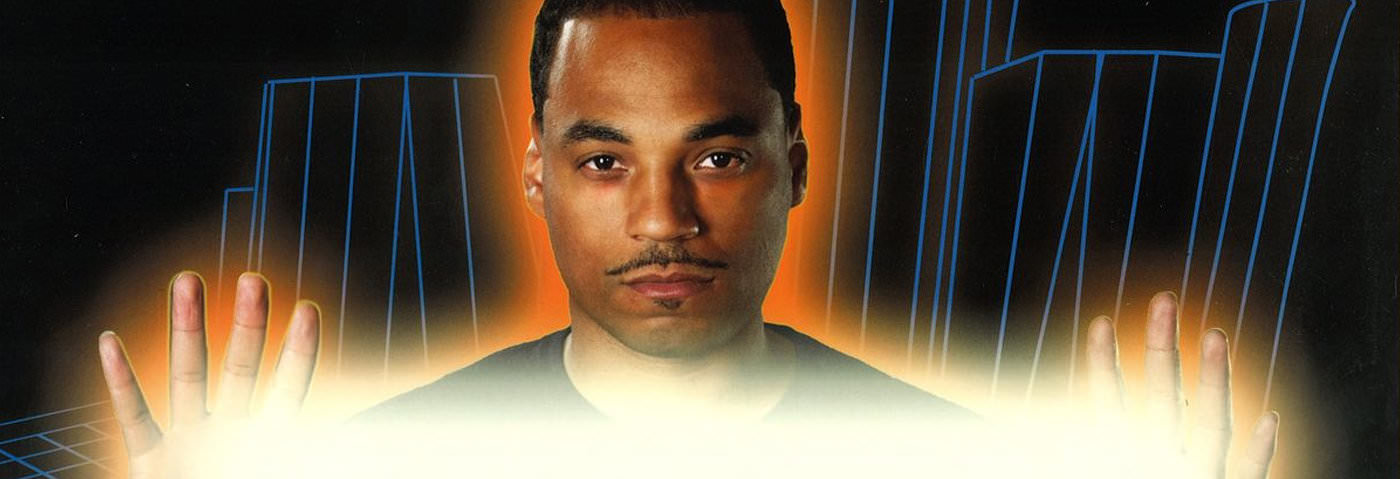
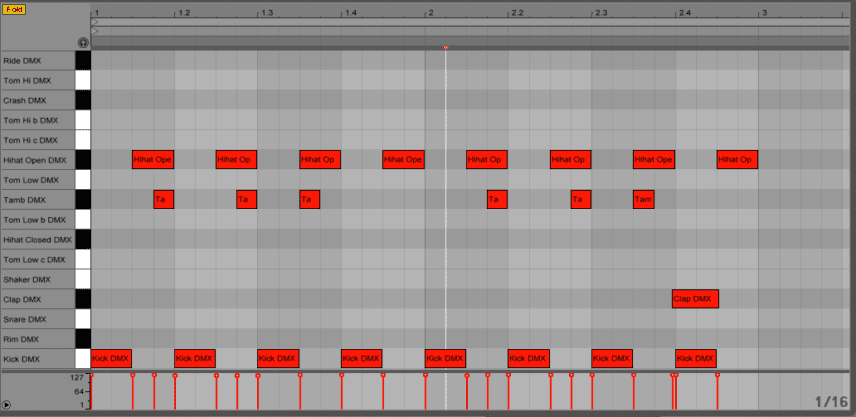
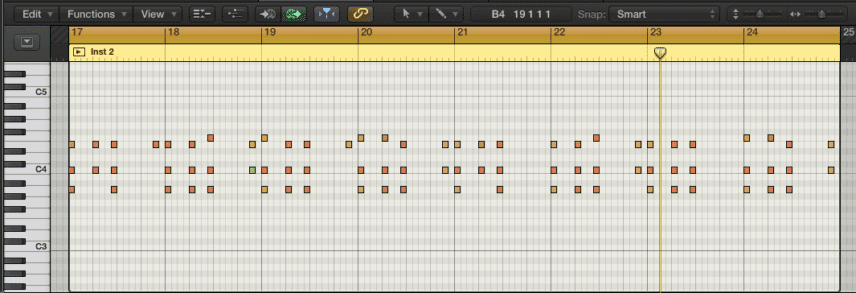
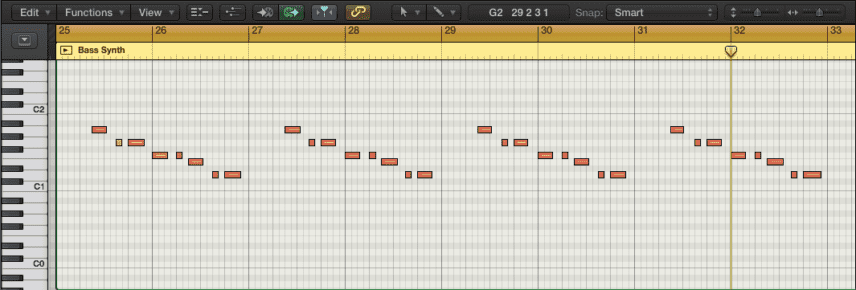
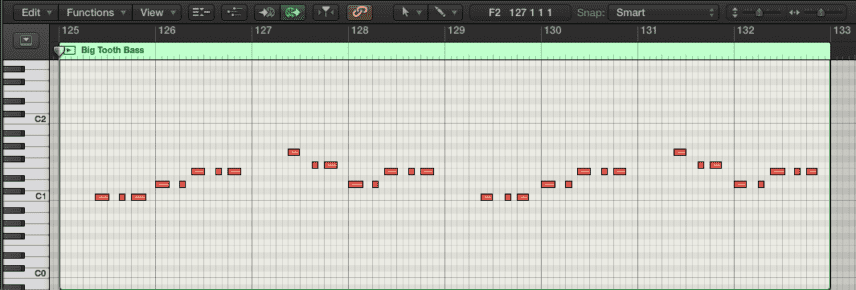
09.26 PM
Very nice, thank you.